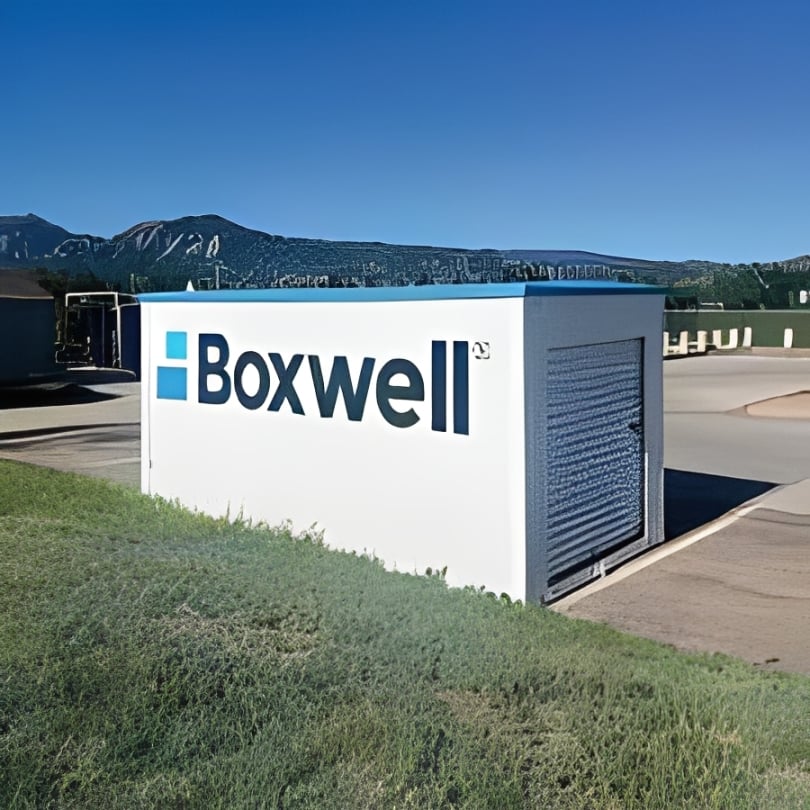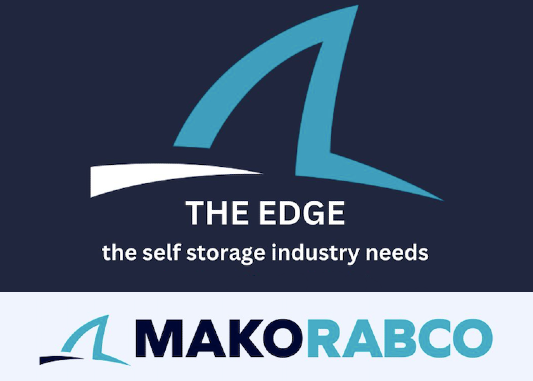Going Green: 10 Ways to attract Eco-Conscious Younger Consumers
In August, a group of young environmental activists celebrated a trailblazing legal victory when a Montana judge ruled in their favor, saying that state agencies were violating their constitutional right to a clean and healthful environment by permitting fossil fuel development. It was the first time a U.S. court had ruled against a government for violating a constitutional right based on climate change. District Court Judge Kathy Seeley found the policy the state uses in evaluating requests for fossil fuel permits, which disallows agencies to look at greenhouse gas emissions, to be unconstitutional.
The 16 “climate plaintiffs,” who had sued Montana officials three years ago for failing to protect residents from global warming, argued that not meeting these constitutional obligations endangers their health and livelihoods and threatens future generations. Although state officials are determined to overturn the decision on appeal, the ruling could set an important legal precedent if it stands.
But even if the ruling is rejected, younger generations will likely remain passionate about protecting the environment by inciting meaningful change. According to data from Verywellmind, of all the generations in the U.S., Gen Z (38 percent of the population) is most worried about global warming. Both Gen Z and millennials are concerned about negatively impacting the world’s future (32 percent and 29 percent, respectively).
Furthermore, Deloitte notes that Gen Z is adopting more sustainable behaviors than any other group; 50 percent reduced how much they buy, and 45 percent stopped purchasing certain brands because of sustainability or ethics concerns. This could mean that “zoomers” are looking for eco-friendly features when searching for self-storage near them.
Green Storage
1. Go paperless
Switching from paper to digital has never been easier. Cloud-based storage, digital apps, email, and e-signature software can enable self-storage facilities to reduce paper waste and streamline operations.
2. Update your website and operations
By allowing customers to take virtual tours of your facility and make online reservations, you are reducing the number of vehicles on the road and greenhouse gas emissions. The same principle applies to remote management; permitting employees to work from home even one day a week improves your carbon footprint.
3. Add solar panels
Rooftop solar panels are a win-win for owner-operators; the energy they generate reduces your carbon footprint and utility bill. Plus, there may be rebates and/or state and federal tax breaks available to offset the installation costs.
“A lot of the sustainability efforts we have done to date have been easy decisions for us because they are at the intersection of what’s good for the environment, what’s good for the community, and what’s good for our shareholders,” Extra Space Storage CEO Joe Margolis said about the REIT completing solar installations at more than 400 of its facilities over the past five years. “Solar has been a great thing to reduce our electricity use while producing a great return for our shareholders.”
4. Replace energy hogs
Appliances with an Energy Star rating contribute to sustainability by using less electricity. Energy Star appliances (printers, copiers, refrigerators, etc.) can save you 10 to 50 percent on energy bills. You should also ensure that your facility’s HVAC system is the correct size for the building; a HVAC system that isn’t large enough for the space will be running more frequently. To reduce water waste, consider opting for dual-flush toilets and low-flow faucets in your bathrooms.
5. Switch your bulbs
Energy Star LED-certified light bulbs use anywhere from 70 to 90 percent less electricity than incandescent bulbs. Motion-sensing lighting is another popular option that self-storage owner-operators have been utilizing at their facilities to keep them well-lit without wasting energy.
6. Dig into landscaping alternatives
When it comes to landscaping, choosing native plants and/or drought resistant plants is a practical way to reduce water usage. Water catchment systems or timers for irrigation systems can lower water bills as well.
Stōr Self Storage, which has several facilities throughout Texas, uses water catchment systems to collect and store more than 66,000 gallons of rainwater; it’s used for irrigation. Per the company’s website, “Implementing rainwater harvesting is beneficial because it reduces the demand on existing water supply and reduces the runoff, erosion, and contamination of surface water.”
Another option is to incorporate sustainable landscaping into your site design, such as a retention pond to help manage stormwater.
7. Help your customers recycle or sell recycled products
Helping customers recycle is a great way to get greener. Besides having recycling bins for paper, plastics, glass, and aluminum, you could consider converting a hard-to-rent unit into a recycling center of sorts for your tenants and community. Plastic bins could be installed for a variety of items that can be difficult for people to properly discard, including light bulbs, batteries, tires, electronics, paints, household cleaners, prescription medications, ink cartridges, various metals, and more. There are even companies willing to haul the items away from the facility at no charge.
In addition, many customers appreciate being able to donate their unwanted belongings without having to lug them to another location. Local charities that resell these items or distribute them to people in need would likely pick up the donations from your facility. Alternatively, charity auctions are easily implemented through nonprofit organizations like Charity Storage.
Along with helping people recycle, you may also consider offering recycled products like retail items. For example, there are recycled and biodegradable options for packing peanuts and carboard boxes. You could also create a box sharing program similar to U-Haul’s “Take A Box, Leave A Box,” where customers can drop off their moving boxes for other customers to reuse for free.
Additionally, owner-operators can recycle their own waste after completing facility upgrades. When replacing roll-up doors, the old metal doors can be taken to scrap metal yards or donated to local fire departments and/or police departments, where they can be reused for training purposes.
8. Support green initiatives
Some self-storage operators form partnerships with green organizations that make a difference in the world. For instance, StorQuest Self Storage donates $1 from every new unit rental to One Tree Planted, a nonprofit that plants trees to restore ecosystems that have been degraded and deforested.
9. Swap your swag
Freebies or giveaway items imprinted with a facility’s name and logo have become a staple in self-storage marketing, but you may want to order some greener promotional items, such as reusable water bottles, tumbler cups, or travel mugs; reusable straws; reusable tote bags; hand-crank flashlight keychains; or anything made from recycled products (notebooks, pens, pencils, etc.) Whichever items you choose, don’t forget to have your facility’s name and logo printed on them.
10. Build green from the beginning
By using recycled and/or eco-friendly building materials and obtaining LEED certification, self-storage developers can reduce construction-related pollution and build more sustainably. A few options include foam-panel walls to conserve energy, eco-friendly fiberglass siding, and thermal-plastic roofing. A thermal-plastic roof reduces heat, requires less long-term maintenance, and can be recycled. Owner-operators who aren’t ready to replace their roof could simply paint it white to keep the building cooler.
What’s more, conversions are a greener alternative to ground-up development. By repurposing existing structures developers reduce the impact of building, eliminating millions of pounds of waste and between 50 and 80 percent of greenhouse gases that would be produced building from the ground up.
Be Transparent
More Content
Popular Posts
The self storage industry is in a precarious...
Joe Shoen, CEO of U-Haul, has had enough.
Like its name implies, Surprise, Ariz., a...
Joe Shoen has had enough.
In a record-breaking deal finalized May 12,...
Senate Bill 709 (SB709) has many in the...
Donald Trump has just reclaimed the White...
The question of “abandonment” of stored...
Self-storage operators wear a lot of hats....
In 1992, Clinton strategist James Carville...
Recent Posts
From policy pivots in Ottawa to tariff...
Self-storage operators have struggled to...
Their signature red coats may draw attention...
Nailing down Josh and Melissa Huff for an...
Most self-storage operators are running...
The storage industry has long been a sound...
Despite widespread adoption of modern...
This year marks a major milestone for...



















